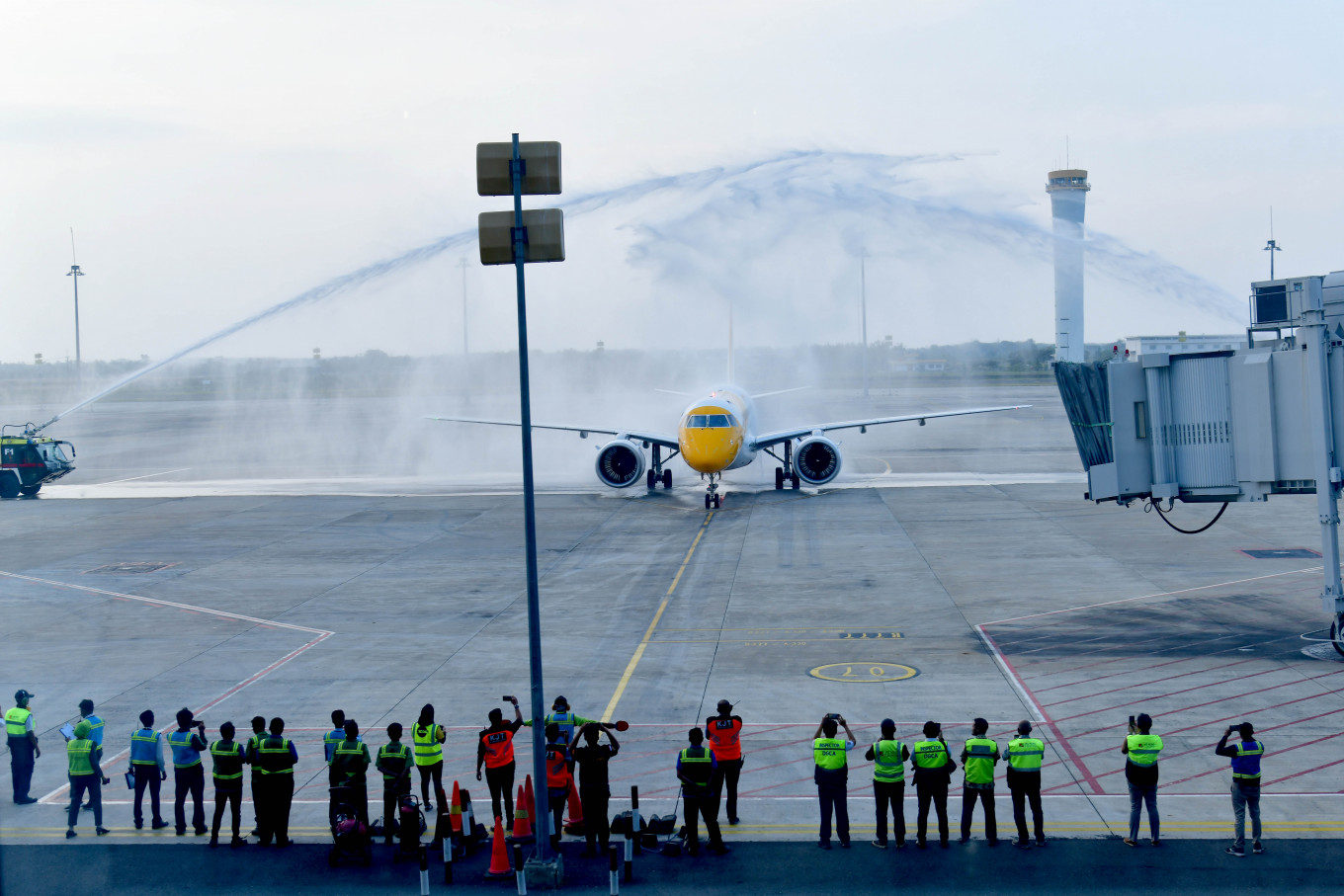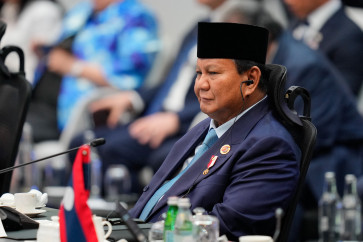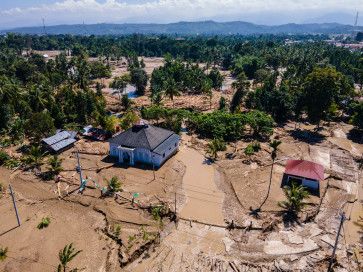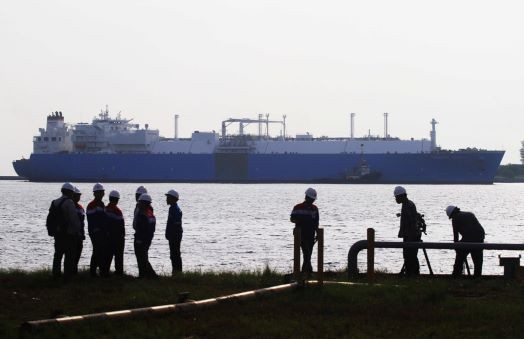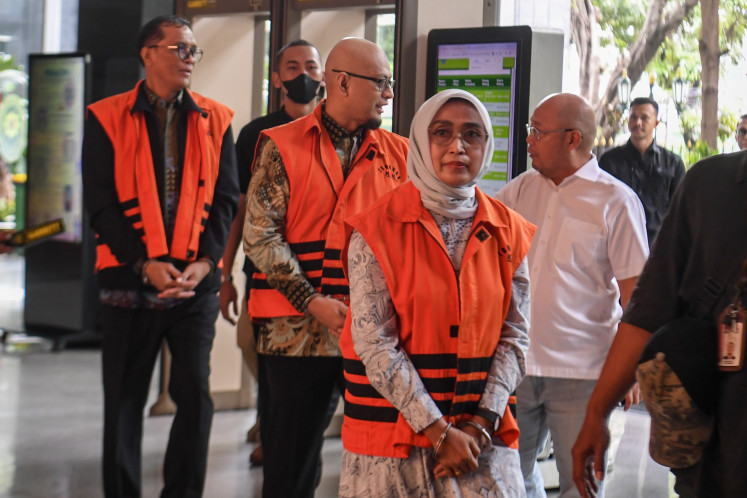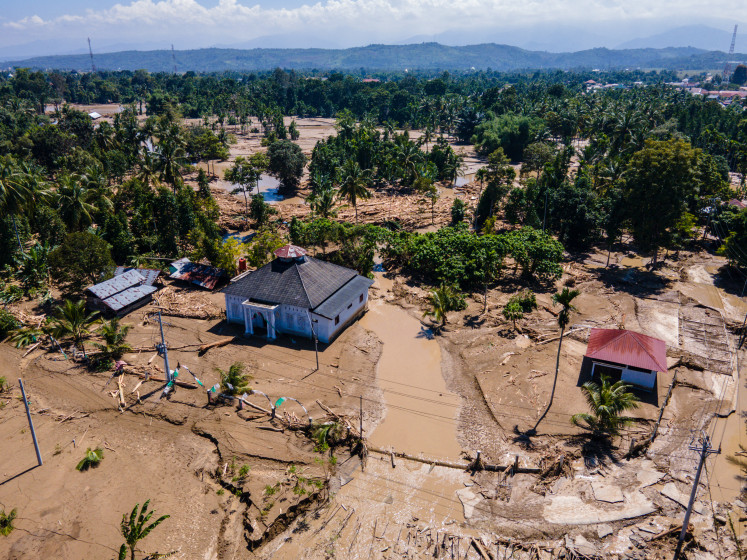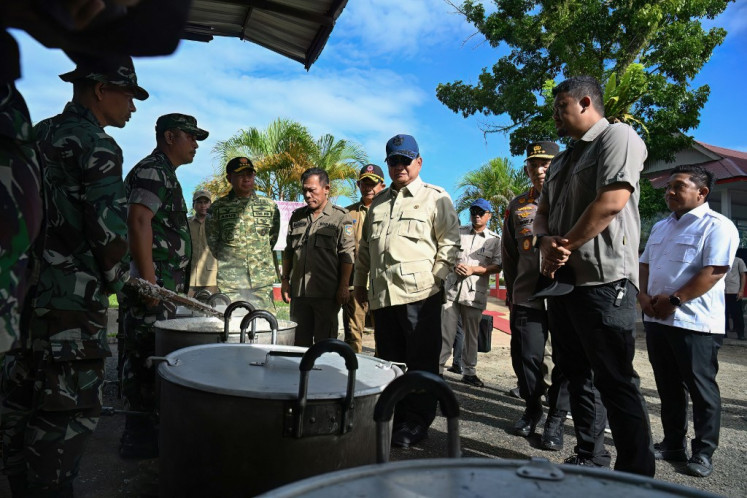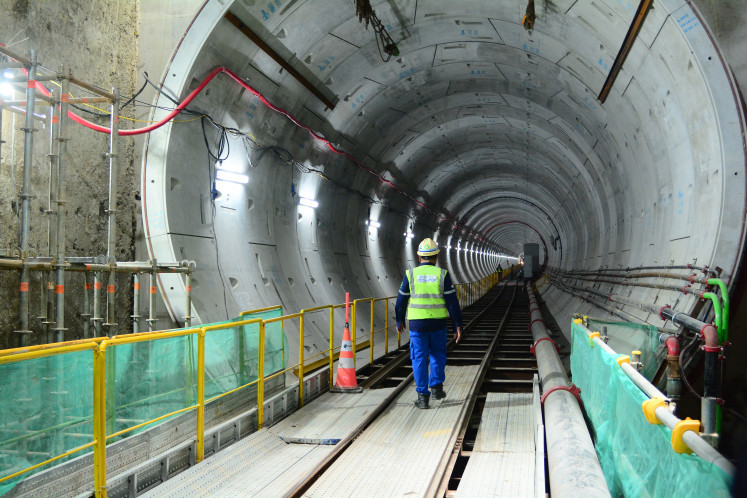Popular Reads
Top Results
Can't find what you're looking for?
View all search resultsPopular Reads
Top Results
Can't find what you're looking for?
View all search resultsKertajati’s hard lesson
The top-down approach of building a massive airport in the middle of nowhere while hoping economic activity will follow without real strategic effort is doomed to fail.
Change text size
Gift Premium Articles
to Anyone
C
an you imagine Dallas Fort Worth International Airport in the United States or Gatwick Airport in the United Kingdom, both the second-largest airports in their respective countries, not serving a single domestic flight?
That’s exactly what’s happening in Indonesia. Kertajati International Airport, the country’s second-largest by land area at 1,800 hectares, hasn’t operated any domestic routes since June 2. The reason? Low passenger demand.
To understand how such an odd situation came to be, we need to rewind to 2003 when the idea of Kertajati was still on the drawing board.
In the name of development equality, the government was trying to shift West Java’s economic gravity away from the overcrowded Bandung Metropolitan Area, which sits right in the heart of the province.
Thus, there was a plan to develop the northeastern part of West Java, specifically the Cirebon, Indramayu and Majalengka regencies, into a new economic hub. The vision was to integrate the existing port in Cirebon, a new seaport in Patimban and an international airport in Kertajati. The airport finally opened in 2018, followed by Patimban Port two years later.
Unfortunately, Kertajati took off before its surrounding ecosystem was ready.
The development of the industrial estates and urban infrastructure intended to support the airport has lagged far behind. With limited economic activity in the area, airlines have struggled to maintain viable operations.
Even the 2023 closure of Bandung’s Husein Sastranegara Airport, a move intended to funnel more traffic to Kertajati, barely made a dent.
Today, Kertajati serves only one international route to Singapore, with flights twice a week. All domestic services have been suspended. Yet, the airport continues to bleed regional government funds just to stay operational, despite having virtually no revenue in sight.
One of the most glaring mistakes apparently was building the airport at full scale from the start.
Unlike Soekarno-Hatta International Airport in Tangerang, Banten, which gradually expanded from a single terminal to three as demand grew, Kertajati was a bet on future growth that never arrived. Overambitious planning and poor demand forecasting have turned it into a white elephant. The situation is made worse by conflicting infrastructure development.
Kertajati was supposed to relieve pressure on Jakarta’s overcrowded airports and serve travelers to Bandung, West Java’s capital. To support this, the government built the Cileunyi–Sumedang–Dawuan (Cisumdawu) Toll Road, slashing the travel time between the airport and Bandung from three hours to just one.
But just as the airport-road combo was taking shape, another project entered the mix: The Jakarta–Bandung high-speed railway, known as Whoosh. It connects the Halim Perdanakusuma area in East Jakarta to Bandung in about 40 minutes with no traffic and no hassle. Faced with these two options, it's no surprise which route passengers prefer.
Now, the damage has been done. The current government must decide what to do next: Continue pouring funds into an underused facility or pivot and repurpose Kertajati into something more viable, such as an aviation maintenance hub, albeit one that may require downsizing its massive terminal.
And Kertajati isn’t an isolated case.
Dhoho International Airport in Kediri, East Java, developed under a public-private partnership led by tobacco giant PT Gudang Garam, has also suspended operations, blaming limited aircraft availability and maintenance issues.
Other airports across Java are facing similar headwinds. Jenderal Besar Soedirman in Purbalingga and Ngloram in Cepu (both in Central Java), Wiriadinata in Tasikmalaya (West Java), and Trunojoyo and Notohadinegoro in East Java are all struggling under the weight of tepid demand.
Building infrastructure is essential to spurring economic growth. It cuts travel time, lowers logistics costs and connects communities. But as any SimCity player knows, infrastructure must be built in the right place, at the right time and for the right reasons.
The top-down approach of building a massive airport in the middle of nowhere, and then hoping economic activity will follow without real strategic effort has clearly failed here.
Kertajati’s underwhelming performance is a cautionary tale, one that shows how the market will punish poor planning, and how grand visions without grounded execution can become political and economic liabilities.
Your Opinion Matters
Share your experiences, suggestions, and any issues you've encountered on The Jakarta Post. We're here to listen.
Thank you
Thank you for sharing your thoughts. We appreciate your feedback.

